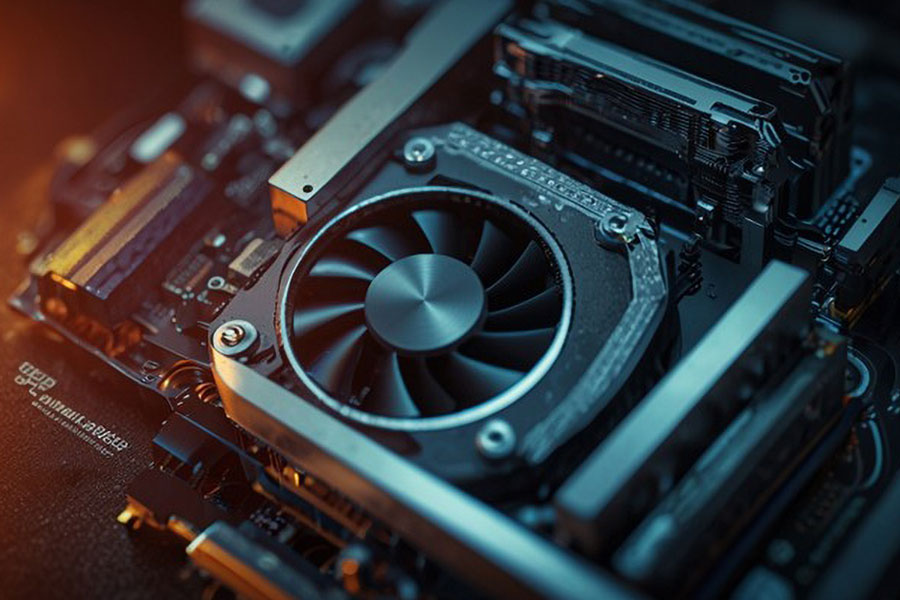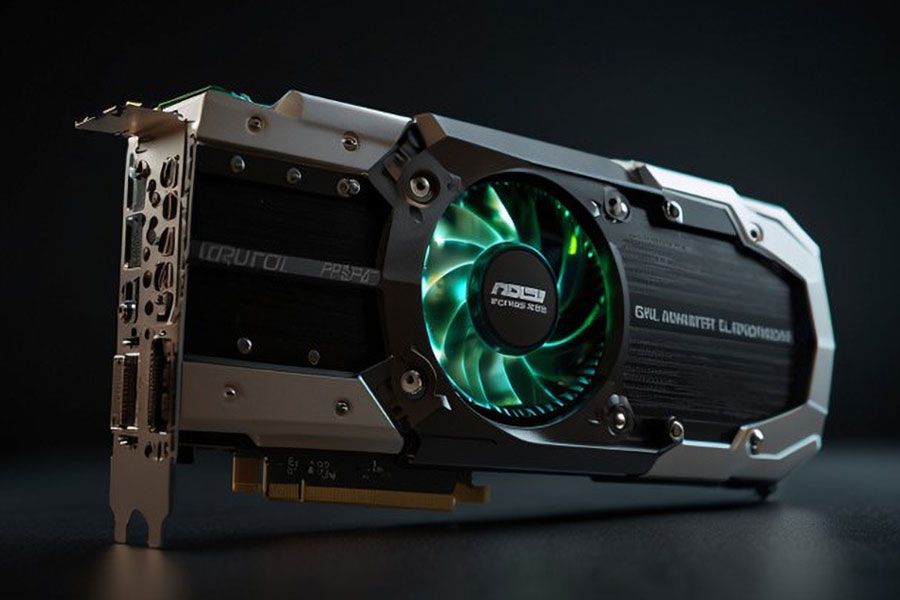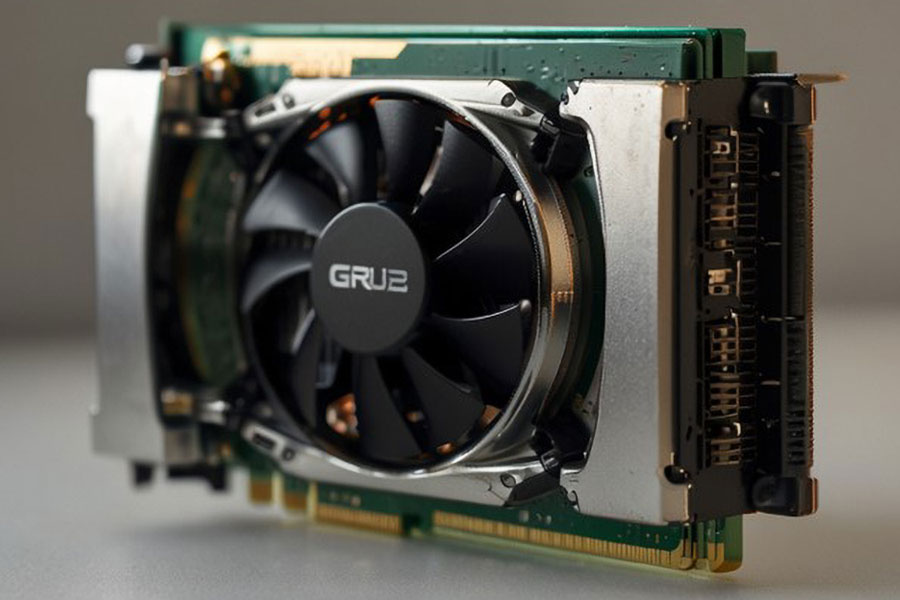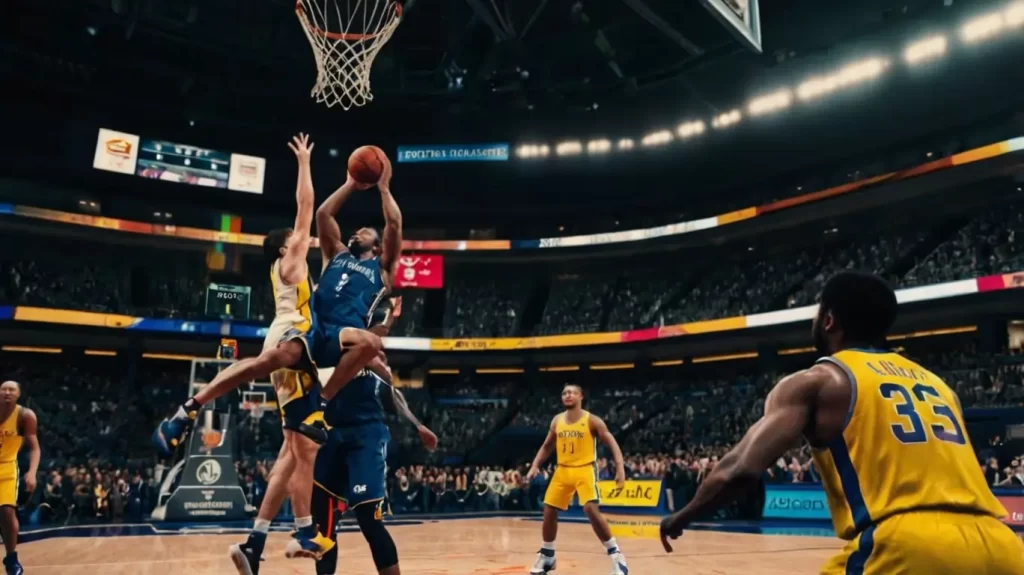As avid PC gamers, monitoring your GPU temperature while gaming is akin to checking the oil in your car—it’s all about ensuring longevity and optimal performance. However, with different graphics cards and games pushing thermal limits in various ways, what’s the ideal temperature range that guarantees both safety and performance? This guide walks you through the nuances of managing your GPU’s temperature and offers tips on keeping things cool even during the most intense gaming sessions.
What Is a Normal GPU Temperature for Gaming?
Normal GPU temperatures can vary depending on the make and model of your graphics card, the type of game you’re playing, and your computer’s cooling system. Typically, a safe GPU temperature range while gaming is between 65°C and 85°C. Beyond this range, particularly if temperatures climb above 90°C, you might start to experience problems.

During gaming, it’s normal for your GPU to generate heat due to the intensive graphical processing involved. The ideal GPU temperature while gaming can vary depending on factors such as the graphics card model, cooling solution, ambient temperature, and workload. However, as a general guideline:
Tackling the latest game titles, your GPU will undeniably work up a sweat, striving to deliver those stunning graphics. But fear not; most cards are built to take the heat, with safe zones generally stretching:
- For modern warriors of the graphics realm, expect 65-85°C as your battleground temperature under heavy load.
- For the high-performers and overclocking daredevils, touching the 90-95°C mark might be a common occurrence, yet not necessarily a signal to sound all alarms.
It’s critical to keep a vigilant eye on those temperatures, ensuring your GPU doesn’t cross into the danger zone where performance drops and lifespan gets chopped.
What Does a High GPU Temperature Mean?
High GPU temperatures signal your card sweating bullets while rendering those breathtaking in-game visuals. This isn’t an immediate red flag, but over time, consistent overheating can throttle your performance, destabilize your system, or even cause hardware damage.
Effects of High GPU Temperature While Gaming
Running your GPU at high temperatures for prolonged periods can have several effects:
- Enhance Airflow Opera: Make your PC’s interior a gusty haven for component cooling. Proper placement of intake and exhaust fans can revolutionize your system’s temperature control.
- Detox Your PC: Dust bunnies are the secret overheating agents inside your rig. Regular clean-ups ensure clear airflow and cooler components, making “spring cleaning” a year-round gaming ritual.
- Upgrade Your Cooling Arsenal: Sometimes, your default cooling solutions don’t cut it. Whether it’s a beefier air cooler or a sophisticated liquid cooling system, investing here means lower temps and higher performance peaks.
- Fan Speed Magic: Most GPUs empower you to tweak fan speeds. Cranking up those speeds might add some noise but will whisk away heat more effectively, keeping your GPU chill under pressure.
- Frame Rate Cap, The Unsung Hero: Limiting frame rates can offer your GPU a much-needed breather, reducing workload and thereby temperature. It’s a simple tweak with significant thermodynamic benefits.
Read more: most popular offline ios games

Normal GPU Temp While Gaming: How to Lower Your GPU Temperature
Lowering your GPU temperature while gaming involves several strategies, from improving airflow within your case to upgrading your cooling system:
Staying ahead of potential thermal disasters means monitoring your GPU temp like a hawk. Here’s how:
- In-game Overlays: Many modern titles come equipped with a dashboard of performance stats, including real-time GPU temps, letting you adjust on the fly for an optimal thermic performance.
- Specialized Surveillance Tools: Software like MSI Afterburner or EVGA Precision X1 gives you the temperature intel, alongside a suite of customization tools, ensuring your GPU runs cool and swift.
- Temperature Alarms: Configure alerts in your monitoring software to get notified when temperatures start flirting with the upper echelons of your GPU’s comfort zone, allowing you to act before it’s too late.
Read more: cpu temperature while gaming

Read more: Reduce CPU Usage
Closing Thoughts: Mastering Thermal Dynamics for Gaming Glory
Mastering your GPU’s temperature while gaming not only enhances your gaming experience but also guards against premature hardware retirements. Through diligent monitoring of GPU temperature while gaming, smart cooling upgrades, and strategic gameplay adjustments, you can keep your GPU humming happily in its thermal sweet spot. Know your hardware, respect its limits, and game on without getting burned.
Ambient Influence:
Yes, the temperature of the room matters. Higher ambient temperatures can make your GPU work harder to dissipate heat.
Overclocking’s Thermal Toll:
Overclocking pumps up performance at the cost of higher heat output. If you’re pushing your GPU beyond its natural rhythms, keep a close eye on those temps and consider superior cooling solutions.
Driver Updates:
Like tuning a fine instrument, updating your GPU drivers can optimize performance and potentially cool down your temps, ensuring smoother gameplay.













